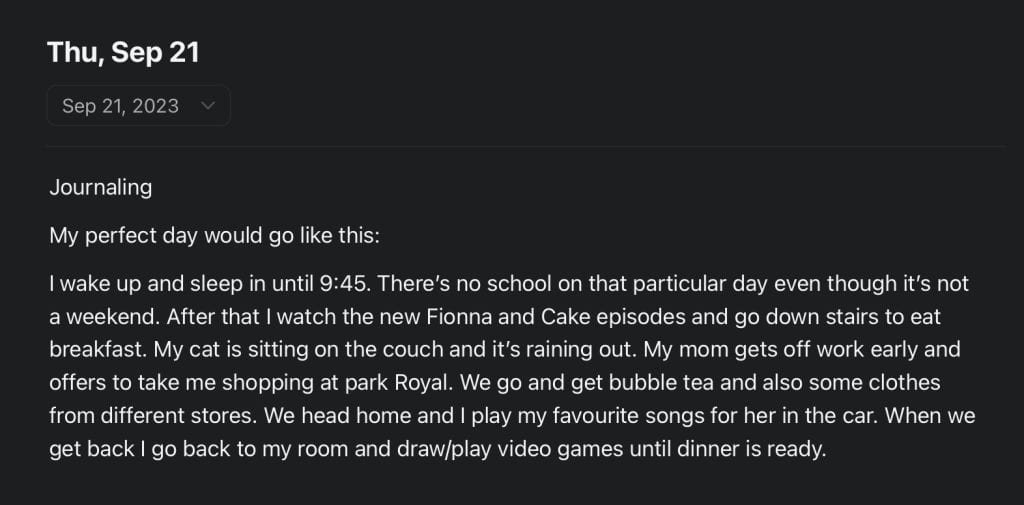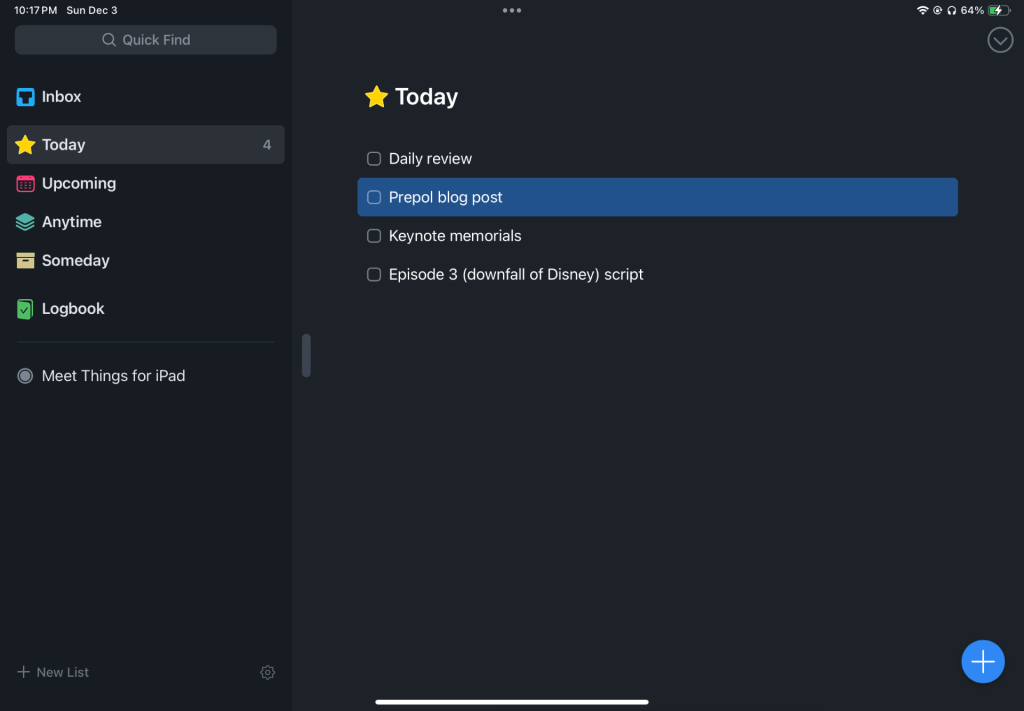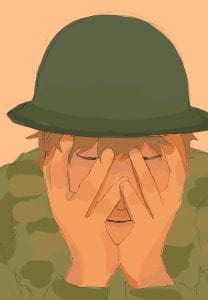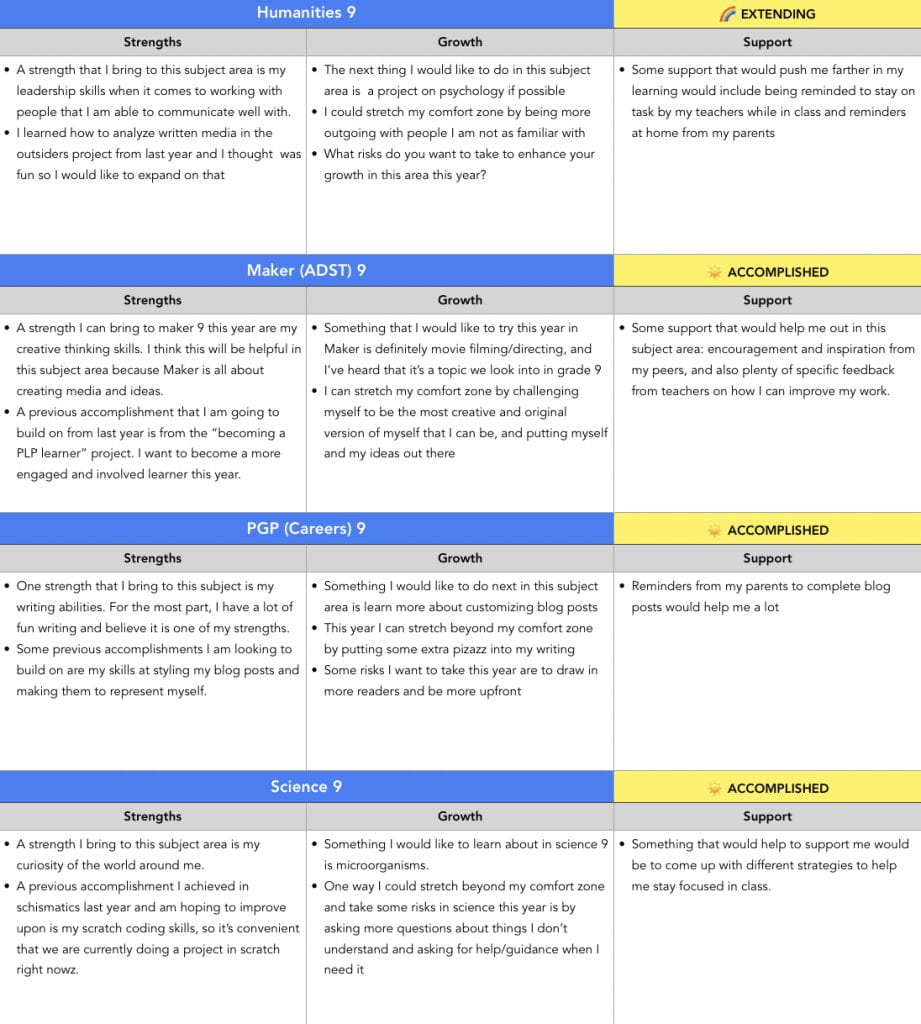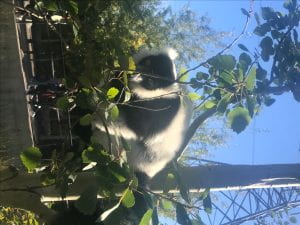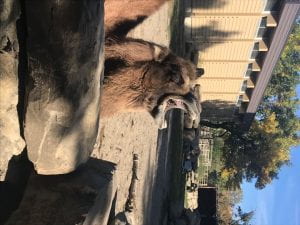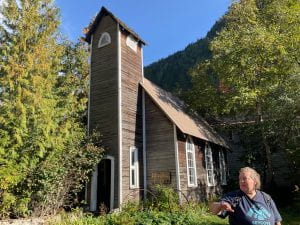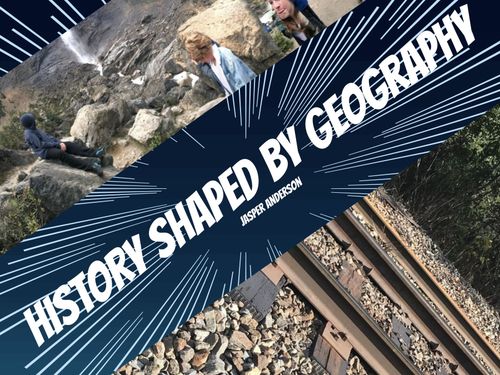It’s that time of year again, every PLP students most stressful week: TPOLs.

This year has been my first step into OFFICIAL high school. We’re at double digits, and it’s time for a reflection on everything I did great on, and everything that could have gone better.
The three topics I picked for my TPOL were agency – completing evidence, outside school preparation, and communication and collaboration with peers. I’m going to take an in depth look at each of these subjects individually from the start to end of the year, highlighting what I could have done better and what I did really well, how I improved in certain areas and how I fell off in others. I have compiled some real world as well as in class evidence to share on each topic, and try my best to explain why things happened the way they did or didn’t.
Starting with the beginning of the year, in the competency of my agency in completing evidence, it’s clear that I was quickly falling behind. Specifically in the New Year, New Me project from the very start of the year-I was not doing my best work. Plenty of assignments were missing, and overall handed in late or lacking revisions. I’d like to think this was just a result of not yet readjusting to the school schedule after 2 months of summer break.
My theory is backed up by the fact that you can see in Showbie, I started to pick up a bit on assignments later in projects like “Save Juno Beach” and “Peas in a Podcast”. Despite a lot of the work being late, it is better late then never. I also failed to revise some of my work, which did end up holding me back. A lot of my work didn’t get marked because of it getting handed in late, and even though recently I’ve been handing in late work less often I think the second look feature to remind teachers to check late work and revisions has really helped me. Most recent “late” work I have showing up in Showbie is only marked as late because I revised it or because we were asked to add something new to a Showbie spot post-due, which is something I’m proud of.

Near the start of the year, I also had a major problem with getting my blog posts done. This was a problem that had carried over from grade 9, and luckily recently I’ve actually had a lot of fun doing blog posts. To me now, my blog is a fun little way to express my learning, even if it’s required. I’ve actually posted a couple of fun little personal blogs about my art or random things I enjoy. I’ve found that it’s a nice way to practice writing, which is a hobby of mine. Before grade 10 I think I would’ve thought enjoying writing blog posts to be crazy, but I’ve really started to like it. (I also think I’ve accidentally made blog posts for projects that weren’t supposed to have them, so I guess that’s something for proof that the habit of making blogs is pretty much burned in my brain now). I also really love coming up with the silly creative little titles for each post, even when it’s sometimes a challenge. I like making them funny.
Lately, I have been so much more consistent and committed to getting blogs done, which is very refreshing to me. I even revamped my blog this year, as you can see. I think it looks a lot better and more professional now. One of the reasons why I think I’ve been much more on top of these past couple projects (Chasing the Canadian Dream, Back to the Future) is because I’ve been using things a LOT more. It’s been like my saving grace in all of this, and really helped me to pick myself up and start getting all my work done. I mainly started utilizing it around the start of semester 2, and the improvements are obvious.
The second competency I picked was my outside school preparation. We had a project at the start of the year that relates to this (hint hint, I mentioned it earlier) called New Year, New Me. It’s safe to say there wasn’t really a new me, and I very quickly fell back into old habits in a project that was meant to be about gaining new ones. I was falling behind quickly, and my outside school lack of preparation was pretty bad. I’m not talking about minor stuff like charging my ipad, I managed to do that every day. I’m mainly referring to my scheduling habits and abilities, and cleaning my room. It was definitely affecting my learning.
At the start of the second semester, not much changes. My planning outside of school was a mess and needed serious work, and I was getting flooded with work from science, math, and humanities all at once. Later we had a PGP class added onto that as well, and that only added to my stress. I have this problem where after digging myself into a hole and falling behind in school, I avoid it and ignore it since my brain is so scared of the stress of confronting all that missing work. Thus, I end up in a vicious cycle of late and missing homework. Some ways I tried to combat this nearing the end of the year that connects back to the previous competency, is the scheduling I started to do using things. Through this I had a better idea of how I’d plan spending my time, and on top of that I started to make physical lists on paper. It’s helped me quite a bit with managing my time and setting regular deadlines for myself.


For this competency, I’d like to highlight our most recent PGP project Back to the Future. This project required the most outside school prep I think I’ve ever done for anything, with the main piece I made being the big poster I had displayed (my parents can vouch for me on this, they were in the room while I was toiling away…). This poster took a whole and a half, plus a couple days, colouring in with pencil crayon and outlining in sharpie and black pencil crayon (it was very tedious) to finish. Boy were my hands sore afterwords, but I was so proud of the finished product. I think this example alone is proof of how I have developed in this area.









For a final little conclusion in my second competency, I also deleted TikTok off my phone after finding it to be a massive time waster in my life. I think this is a huge step forward for me in beating the phone addiction that all of us deal with daily, and it’s most definitely contributed to be getting all my homework done for these latest couple projects.
My third competency that I chose was communication and collaboration with peers. I’m particularly excited to talk about this one, since I’ve been able to actually apply my feedback skills in the real world and make actual money off of it (more on this later).
To start with the beginning of the year, I think I was doing well in the feedback department. I’ve always been pretty good at just letting the words spill from my mouth, saying whatever honest opinion comes to mind first, and following my gut with it. I caught on to the whole kind, helpful, and specific formula pretty quickly. I’d say it was early grade 9 when I really started to understand it and be capable of giving helpful feedback.
Now, here’s the real world example I was talking about. My mom runs a research and design company called Spatial, and they do a lot of studies and research for bigger companies like Meta (Facebook) or even just for the district. Recently, my mom has started to sign me up for some paid studies she knew about through her company. Believe me, I was shocked to find out that so many kids my age are incompetent at providing detailed and effective feedback.

A critique I made on the work Kadin R. Had done for his book in the project “Chasing The Canadian Dream” ^
I can’t really disclose any of the information from the studies since it’s all confidential, but my sibling took part in the first study along with me and apparently all of their answers were basically just “yeah this is cool”. After the study, I was told that the team loved my feedback and that I was getting invited back for another study. Oh, and I got paid $200 for it.
The second study was a group of kids in my age range. I’m guessing they were from ages 13-16. All throughout the study, I was the only one starting conversations throughout the study. There was one other kid who was talking and giving some decent feedback, but the two others there were totally quiet and only spoke when prompted, and when they did speak they either misunderstood the concepts or just said “yeah this is cool”.
This genuinely shocked me. The ability to give proper and effective feedback is vital in todays society, and somehow I’m feeling lucky to be able to do it. I also got paid another $200 from the second study.
–
Now to end off this presentation, time to talk about my plans for September. I’m hoping to keep the habits I’ve developed from this year, and I think that shouldn’t be too hard without tiktok rotting my brain. Honestly, I think tiktok was the #1 thing holding me back. I deleted it late last month and haven’t had time to see the full effects of escaping the dopamine trap, so hopefully I’ll get to see more of that progression into grade 11 and 2025. My main goal is to not let myself slip back into my old grade 9 habits like I did beginning of grade 10, and hopefully we will start to see some serious improvement in my ability to complete evidence on time and do it well, all while being able to leave time for homework from other classes and my hobbies.
-🌈☀️🌤️☁️-
LETS GO OILERS













































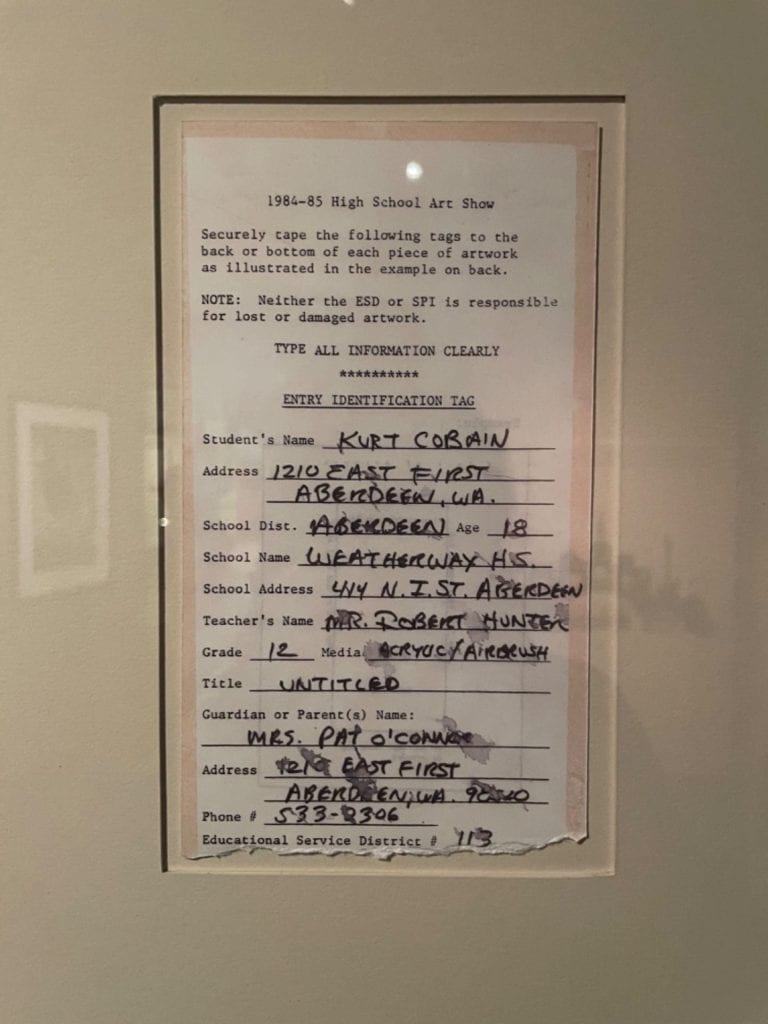





 2023-24:
2023-24:


